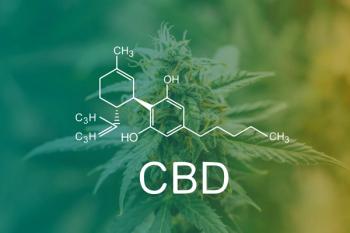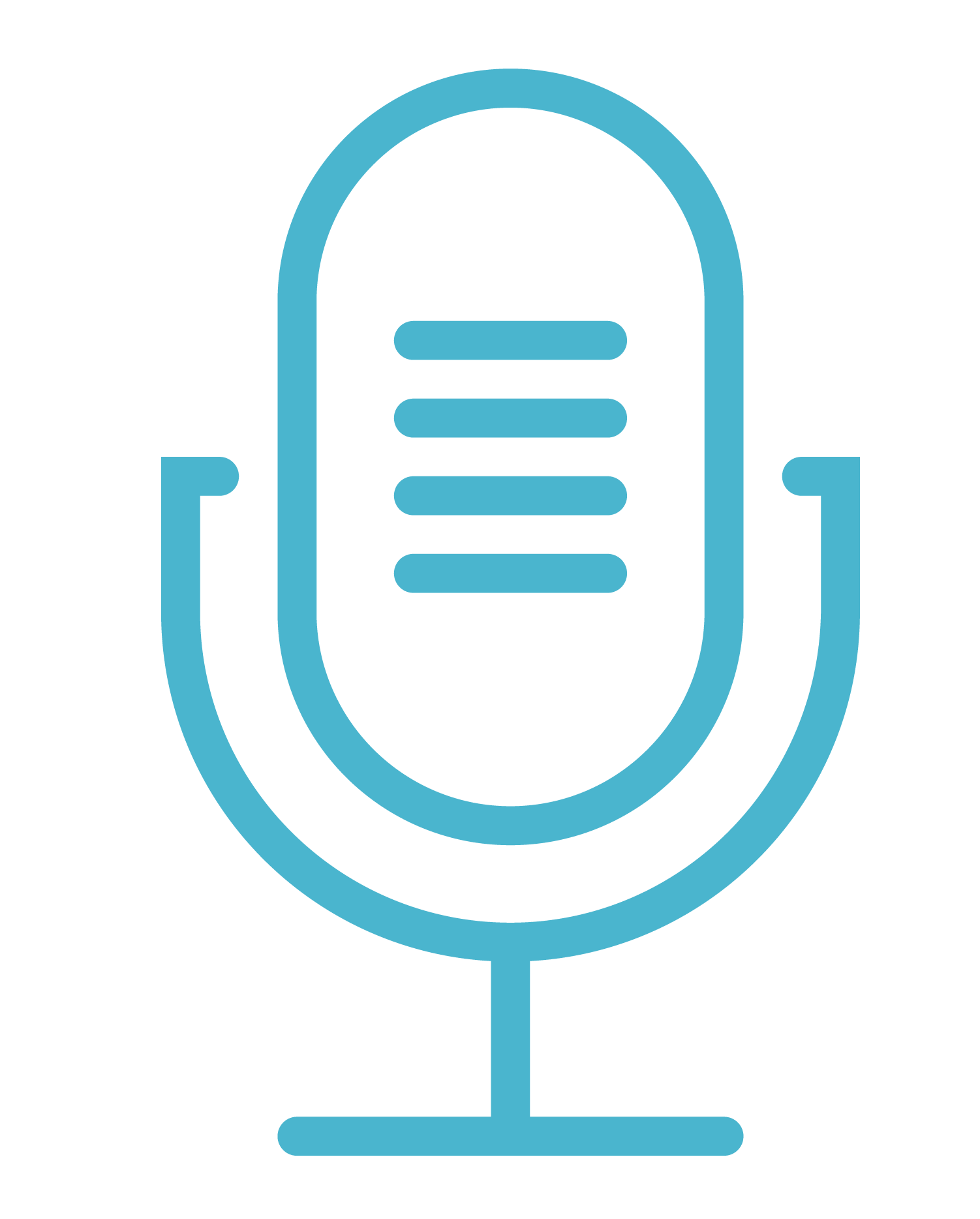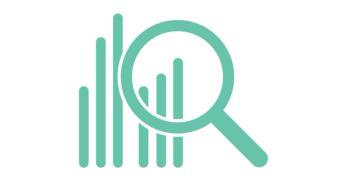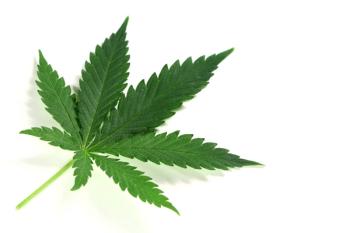
Medical Cannabis Insights, Part II: How Cannabis Helps Opioid Addiction and A Discussion on Interactions with Other Medications

In this roundtable interview series, we speak to each of the organizers to learn more about them and what attends can expect from the practicum. Here in part II, they discuss how cannabis can be used stop opioid addiction and possible ways cannabis might interact with other prescription medications.
Founded in 2016 by
Bio information available
Can cannabis be used to get you off opioid addiction?
Bonni Goldstein, MD: There are numerous scientific articles that support the concept of cannabis as a substitute for opiates. In a 2017 survey of 2897 medical cannabis patients, 97% reported that they were able to decrease the amount of opiates they consumed when they used cannabis. Additionally, 81% reported that taking cannabis by itself was more effective for their pain than taking both opiates and cannabis together (1).
Another survey found that almost 15% of elderly patients were able to discontinue opioid use within 6 months of initiating medical cannabis (2). Additionally, cannabinoid-based medicines were associated with 17-fold higher odds of discontinuing opioid prescriptions within 21 months (3).
There is also some evidence that cannabinoids may help reduce opioid withdrawal. A 2020 report in the Journal of Substance Abuse Treatmentfound that cannabis alleviated the opioid withdrawal symptoms of anxiety, tremors and trouble sleeping (4). Evidence is also mounting for the use of cannabidiol (CBD) for opioid addiction. In a double-blind, placebo-controlled randomized trial of 42 patients addicted to heroin who were experiencing withdrawal, CBD significantly reduced craving and anxiety compared to those who received placebo (5).
Kevin Spelman, PhD, MCPP: Yes, if used in conjunction with a proper protocol, cannabis has been used successfully for weaning people from an opioid addiction.
Dustin Sulak, DO: C Lots of data prove yes in chronic pain:
Eloise Theisen, NP, AGPCNP-BC: Studies suggest that cannabis is effective for chronic pain in adults. With more research demonstrating the effectiveness of cannabinoids for chronic pain, many patients are seeking ways to use cannabis to reduce or eliminate their opioids. Clinical studies have demonstrated a synergistic effect with cannabinoids and opioids, thereby allowing patients to manage their pain without the need to increase the opioids. And while there is a need for more clinical trials to demonstrate the effectiveness of cannabinoids for opioid addiction, many cannabis clinicians have successfully helped their patients eliminate their opioids.
How does cannabis interact with other prescription medications?
Bonni Goldstein, MD: Cannabinoids are metabolized (broken down) for the most part by enzymes in the liver, where many other medications are also metabolized. There can be competition between cannabinoids and other drugs when they are metabolized by the same enzyme, resulting in what is called “drug-drug interactions.” These interactions can result in the blockage of metabolism, leading to accumulation of the drug in the body, which can cause an increase in unwanted side effects. Conversely, the drug-drug interaction may result in an increase in metabolism of a drug, meaning that more drug is broken down faster, causing a decrease in drug levels leading to less efficacy.
It is very hard to predict these drug interactions since there are many differences in the way that people metabolize medications. To avoid any undesirable consequences, the best approach for anyone taking pharmaceuticals who wants to use cannabinoid medicines is to speak with a physician, pharmacist, or other healthcare provider who is familiar with these types of drug interactions.
Kevin Spelman, PhD, MCPP: While there are theoretical concerns of cannabis preparations negatively interacting with other drugs, clinicians are not observing drug-cannabis interactions. This is not unusual in that many of the theoretical drug-herb interactions have not been found to be of any clinical significance.
Dustin Sulak, DO: Very few interactions except at high doses of cannabis. The blood thinner warfarin is a common one to watch out for—patients should have their blood checked after starting cannabis.
Eloise Theisen, NP, AGPCNP-BC: Cannabis can either increase or decrease the effectiveness of other medications. In most cases, it is clinically insignificant and does not require patients to stop their cannabis treatment. Anyone using cannabis with other medications needs to be followed by a knowledgeable cannabis clinician who can adjust the medications accordingly and ensure that there are no contraindications.
Check back next month for part III of this series where our roundtable will discuss how cannabis is used to treat acute and chronic pain, anxiety, ADHD, and pediatric patients. To find out more about the CannMed Medical Practicum, please visit:
References
- A. Reiman, M. Welty, and P. Solomon, “Cannabis as a substitute for opioid-based pain medication: patient self-report,” Cannabis Cannabinoid Res. 2(1), 160–166 (2017).
- R. Abuhasira, L.B. Schleider, R. Mechoulam, and V. Novack, “Epidemiological characteristics, safety and efficacy of medical cannabis in the elderly,” Eur J Intern Med. 49,44–50 (2018).
- J.M. Vigil, S.S. Stith, I.M. Adams, and A.P. Reeve, “Associations between medical cannabis and prescription opioid use in chronic pain patients: A preliminary cohort study,” PLoS One. 12(11) (2017).
- C.L. Bergeria, A.S. Huhn, and K.E. Dunn. "The impact of naturalistic cannabis use on self-reported opioid withdrawal." Journal of substance abuse treatment 113, 108005 (2020).
- Y.L. Hurd, et al. "Cannabidiol for the reduction of cue-induced craving and anxiety in drug-abstinent individuals with heroin use disorder: a double-blind randomized placebo-controlled trial." American Journal of Psychiatry 176.11, 911-922 (2019).
**CONTINUING EDUCATION CREDITS: This course is provider-approved by the California Board of Registered Nursing, provider number 16845, for 9.5 contact hours.
Newsletter
Unlock the latest breakthroughs in cannabis science—subscribe now to get expert insights, research, and industry updates delivered to your inbox.




